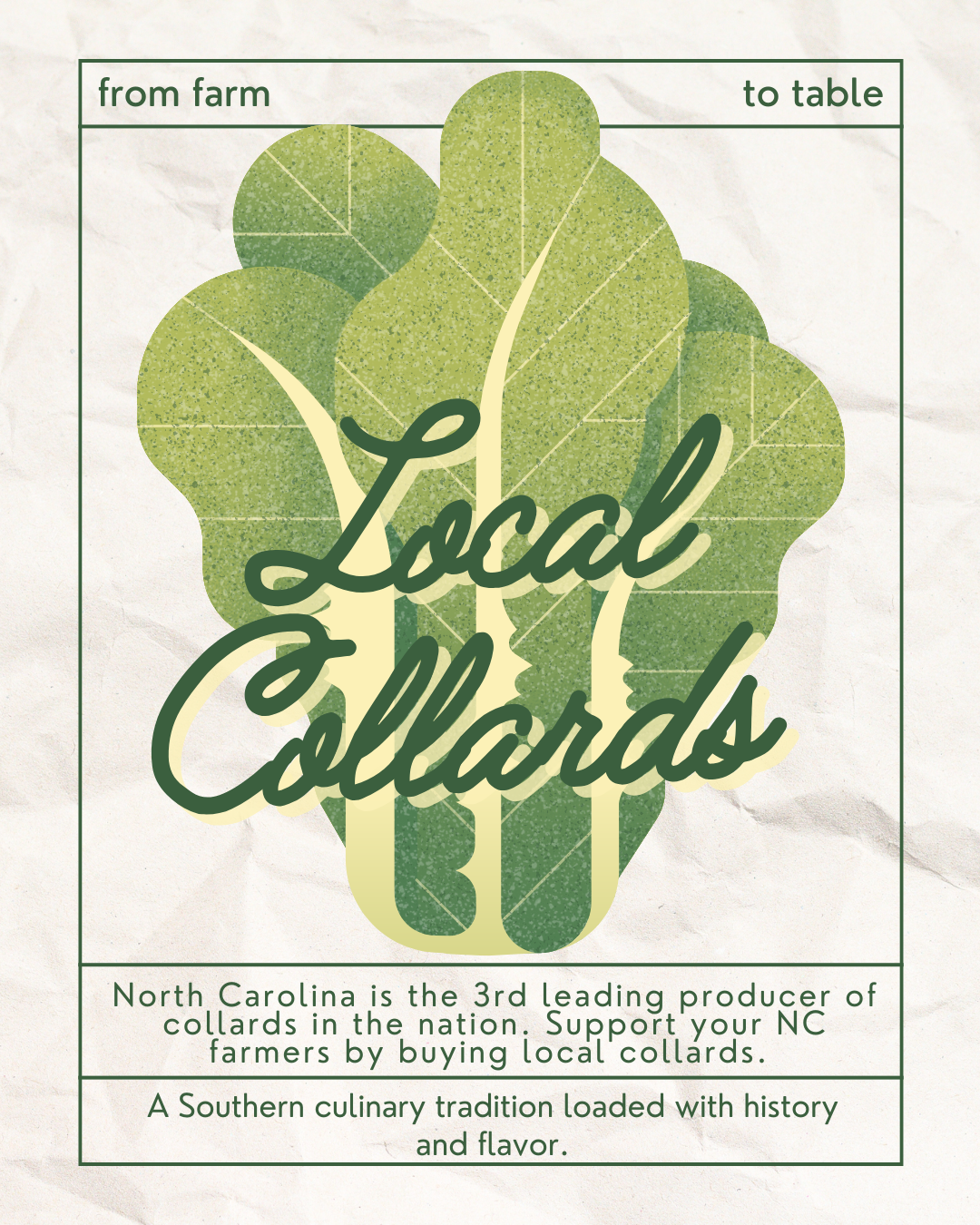
Social Media Toolkit
Empowering producers to connect with markets through social media
Why Social Media?
While most of us use social media to connect with friends and family, businesses use it as a powerful marketing tool.
Roughly 70% of people in United States use some form of social media — you’re probably one of them! Business accounts have the potential to reach hundreds, even thousands, of possible customers with no or very little financial investment. This is particularly important for our food producers, who can use social media to market their products, connect to consumers, and, if done right, create a dedicated community.
However, many farmers and fishers have trouble utilizing social media to its full marketing potential: you work long, hard hours, and often have precious little time left over, which you probably don’t want to spend staring at a screen! There’s also the fact that social media for businesses is different from that for personal use: the visual layout of the profile is more detailed, you share different types of content, and you have to actively build a following.
In light of these challenges, the North Carolina Local Food Council (NCLFC) have created this social media toolkit, which will serve as a brief guide and resource hub to empower producers to connect with markets through social media.

Getting Started
Identify Your Audience
The first step to successful marketing is to identify your target audience — the people you would like to draw to your business. Knowing your audience gives you insight into their motives and purchasing patterns, allowing you to create a highly effective marketing message.
So, who is your audience? While it’s tempting to choose a broad category, such as all the people living in your county, it is better to have an extremely specific audience; for example: adults between the ages of 20 and 30 who are learning to cook. With this target audience in mind, you can post content to attract this audience. In this case, you could include recipes in photos of your weekly harvest, recommend restaurants or markets that carry your products, and post pictures or videos of you (or your family) cooking and eating food made from your harvest.
For the purpose of marketing, you want to focus on three aspects of your audience:
Demographics (age, race, gender, income level, etc.)
Roles (parent, retiree, college student, etc.)
Values (environmental sustainability, organic certification, supporting local economies, etc.)
This is how we arrive at such specific audiences like “middle class new parents who want to feed their children organic produce.” Middle class is the demographic, new parents is the role, and their values are caring for their children.
If you already know your audience, that’s great! If you’re still unsure, consider these questions:
Who are your current customers? What are their demographics, roles, and values?
Do you want to continue marketing to this audience, or reach out to a new group?
Why do customers choose your business? Convenience? Quality of product? Trust?
Who isn’t your audience?

Building a Base
Social Media Posts for Your Use
These posts have been developed using content from the Local Food Marketing Work Group’s product promotions. Each post can be edited, downloaded, and shared on social media and newsletters to meet your personal needs and style.
How to Use
1. Click on the post you want to use provided on this page
2. Select “Use template for new design”, this will create a copy of the template you can edit to your liking.
3. To edit any elements of the template, like text, simply click on the element, and Canva will automatically allow you edit it. You can add your farm address, or other personalized information to the template.
4. Using the bar on the left side of the screen, you can add more text boxes, add elements like pictures or other shapes to your liking.
5. To save your personalized post, click share at the top right corner of the screen, and click download. You can download as a JPG or PNG, there are other options, but these are best for social media posts.

Keeping it Up
Staying on Top of Things
Maintaining an active platform is hard work, especially when you’re working long days. Fortunately, there are simple ways to keep up.
The key to staying on top of things is to create a social media plan, which will help you know what to post, when to do so, and how to incorporate customer feedback. A good social media plan will help you save valuable time and effort, so it is highly recommended that businesses create one early on. When creating your social media strategy, consider:
What kind of content you plan to post
How often you intend to post
A backup plan for if you don’t have new content to post
The mood of your posts; will emojis be appropriate, or will you just stick to photos?
Any goals you hope to achieve
However, even the most diligent of us can stray from plans! To prevent these slight delays from turning into major setbacks, try one – or a combination – of these strategies:
Use a calendar – such as Hootsuite – that is specifically dedicated to your social media
Make posts in advance, or stockpile photos and videos to use when you haven’t had time to create new content that week
Set notifications on your phone to remind you to post
Dedicate 30 minutes to an hour every day to check on things; use this time answer questions and messages, update relevant information, and post new content
Consider hiring a graphic designer or other social media expert to manage your account






